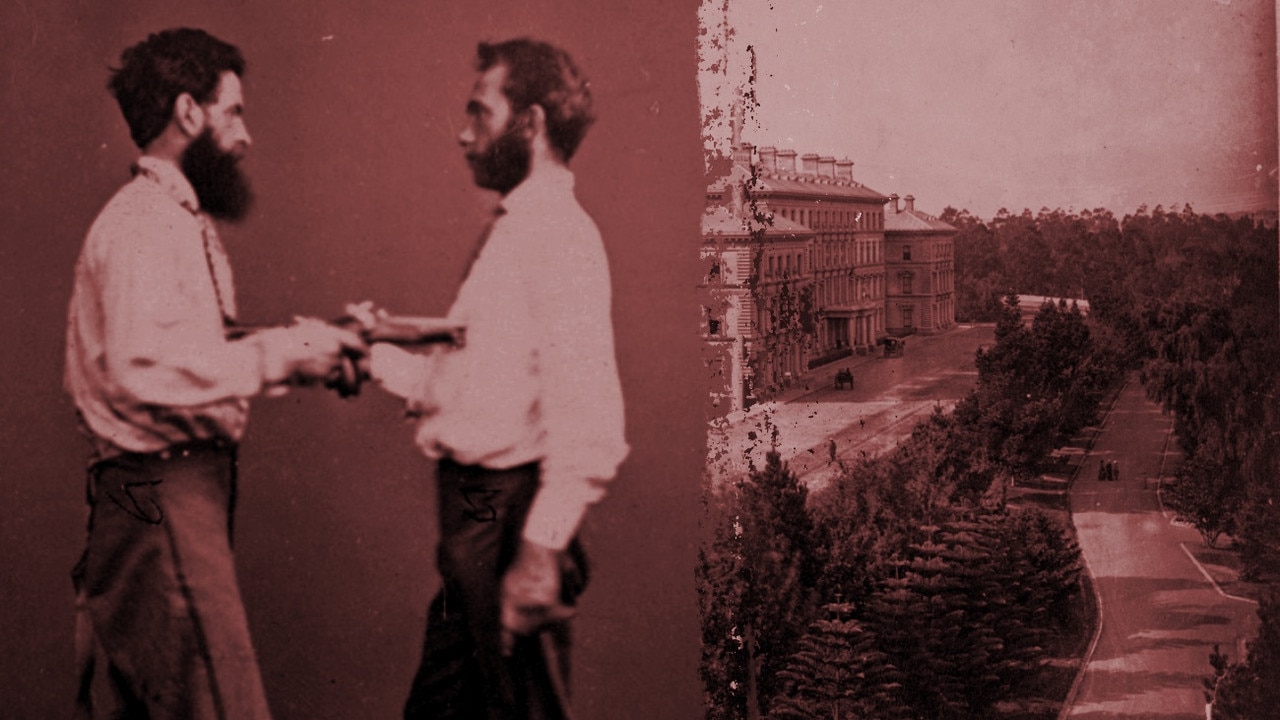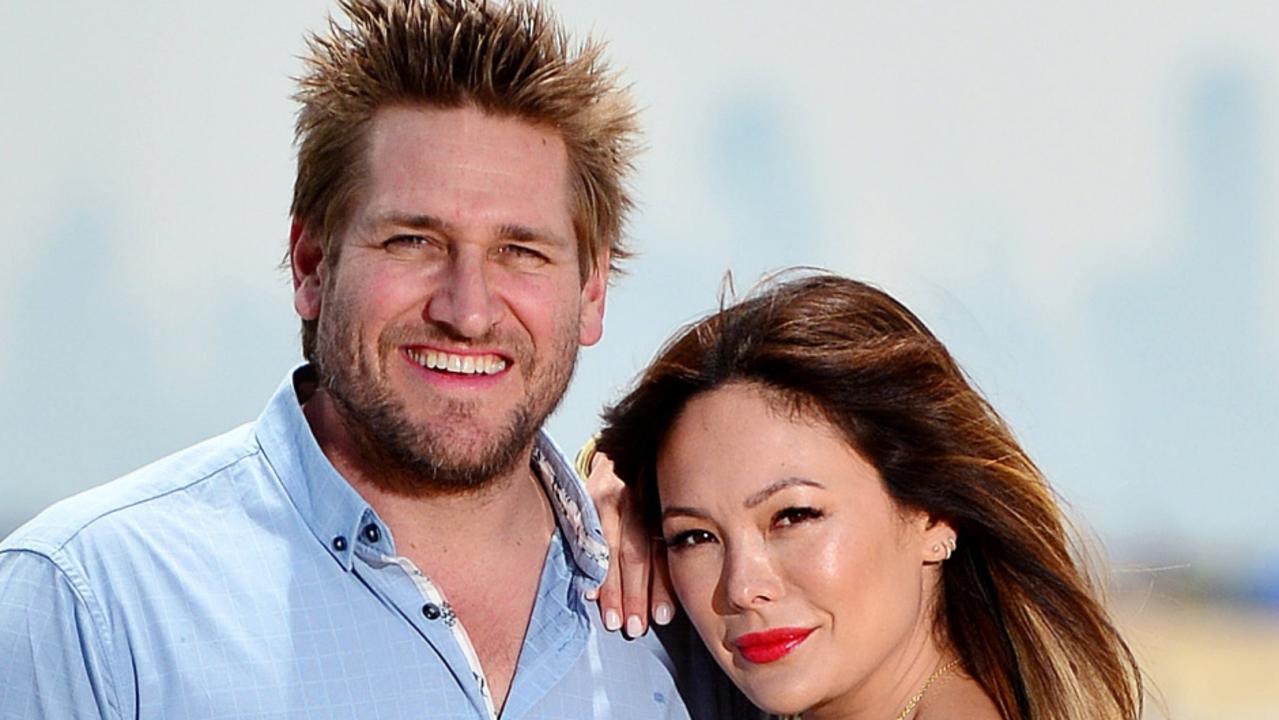These early Melbourne private schools helped make Victoria the Education State
Melbourne’s rich private school tradition goes back more than 150 years. Take a look at how our oldest independent schools came to be and the famous names that passed through their halls.
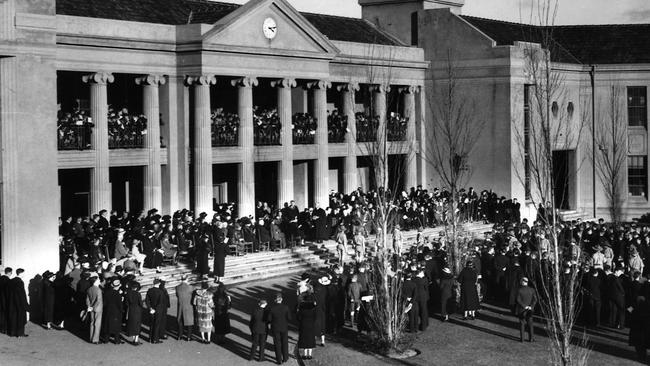
Melbourne
Don't miss out on the headlines from Melbourne . Followed categories will be added to My News.
The shock announcement that Presentation College Windsor, one of Melbourne’s oldest schools, will close its doors at the end of 2020 has left many reeling.
The school opened in 1873 but some others are older still, and most were established by religious orders looking to shape their young congregations in their own traditions.
SCOTCH COLLEGE
Established: 1851
Location: Hawthorn
Scotch College, Victoria’s oldest continuous secondary school, was established by the Presbyterian Church of Victoria by its first settled minister, Rev. James Forbes, in a house in Spring St in 1851.
The school, then known as The Melbourne Academy, moved to new premises on the East Melbourne site of the old Peter McCallum Cancer Centre in 1854.
But, lacking space, Scotch College shifted to its present site in Hawthorn — described at the time as “a new and distant rural setting” in 1926.
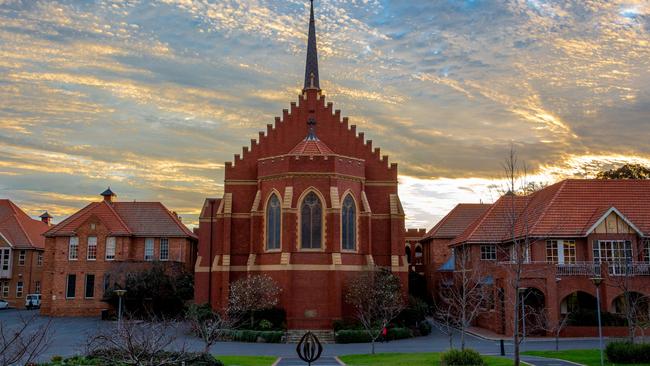
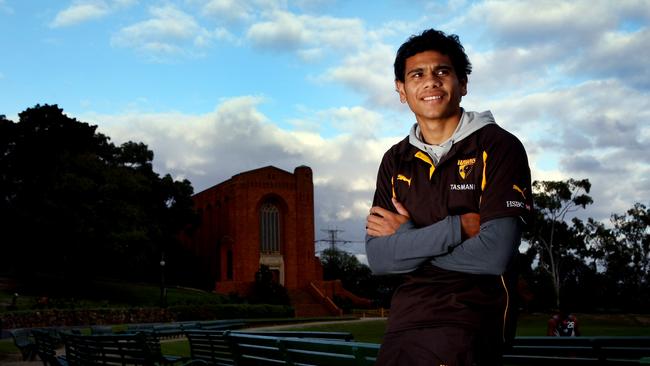
The move to Hawthorn gave the school a great deal of space to expand and develop its academic and sporting facilities.
Remarkably stable leadership marked the first 100 years of the college, with only four principals and one — Alexander Morrison — serving for 47 years alone.
School enrolments and prosperity followed that stability.
In fact, only nine principals have served the school since its inception.
Alumni: Scotch College has produced three Governors-General (Sir Zelman Cowen, Sir Ninian Stephen and Peter Hollingworth), one Australian prime minister (Sir George Reid), a Victorian governor (Sir Henry Winneke) and state premiers including John Cain, Jeff Kennett, Sir Harry Lawson, John MacPherson and William Shiel (Victoria), Jim Bacon (Tasmania), Sir George Reid (NSW) and Vaiben Louis Solomon (South Australia).
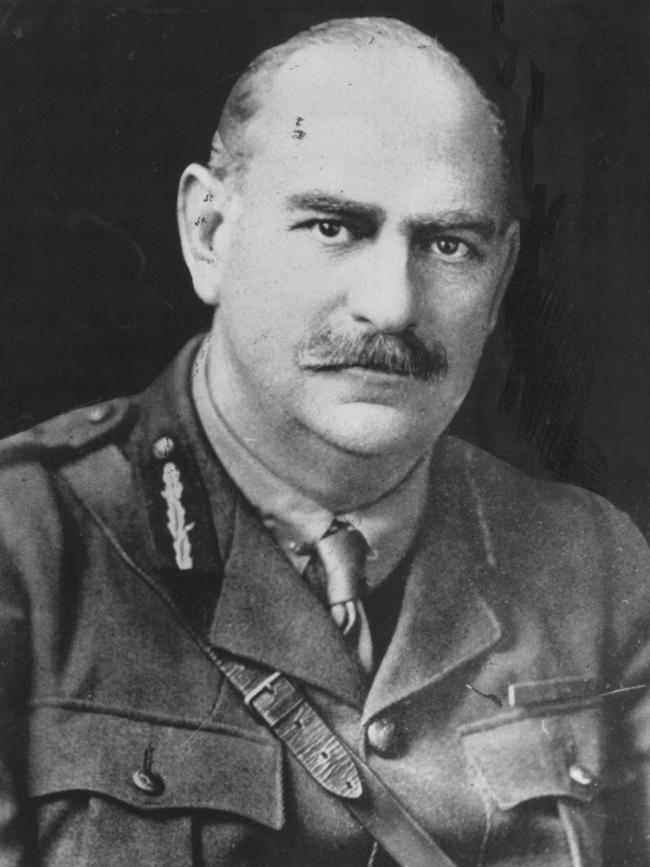
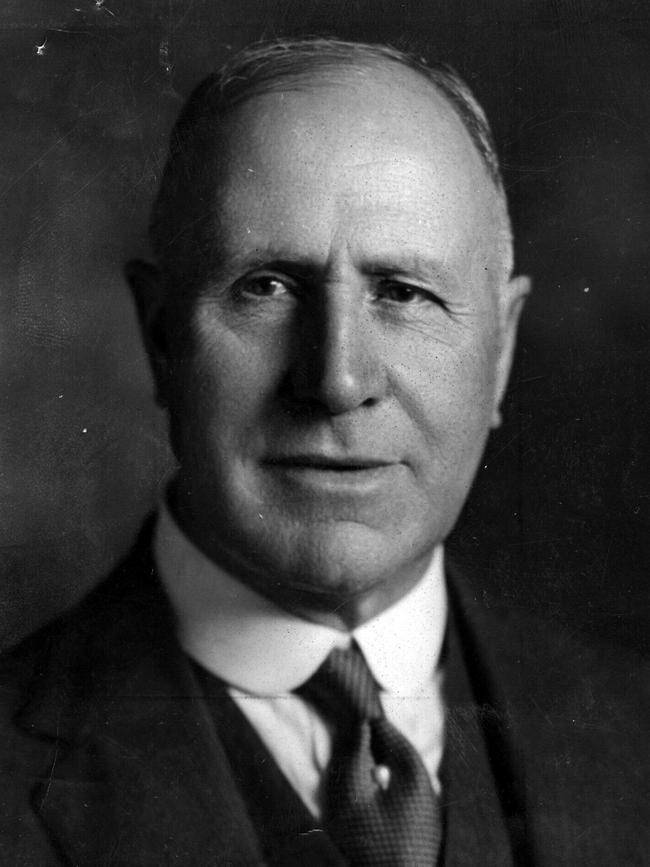
Other notables include former High Court chief justice and deputy MM Sir John Latham, politician Andrew Peacock, Linfox chairman Peter Fox, WWI Australian commander and SEC chief General Sir John Monash, singer John Williamson and four-time Hawthorn premiership star Cyril Rioli.
WOODLEIGH SCHOOL
Established: 1856
Location: Frankston South, Langwarrin South, Moorooduc
Woodleigh School is Victoria’s oldest co-educational school.
it opened its doors in a wooden hut on the grounds of St Paul’s Anglican Church in High St, Frankston, in 1856.
The school was one of the colony’s earliest schools and the first on the Mornington Peninsula.
Settlers paid one shilling a week for children to attend the school.
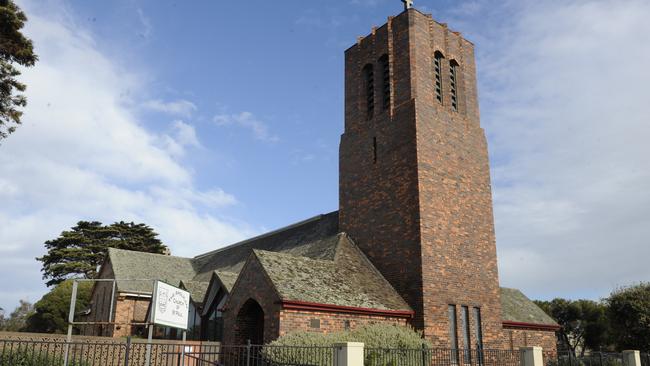
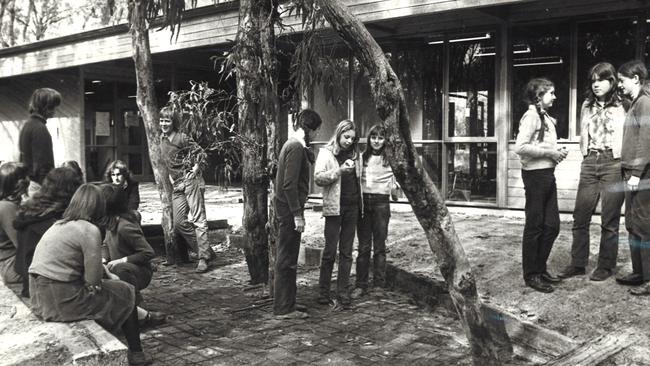
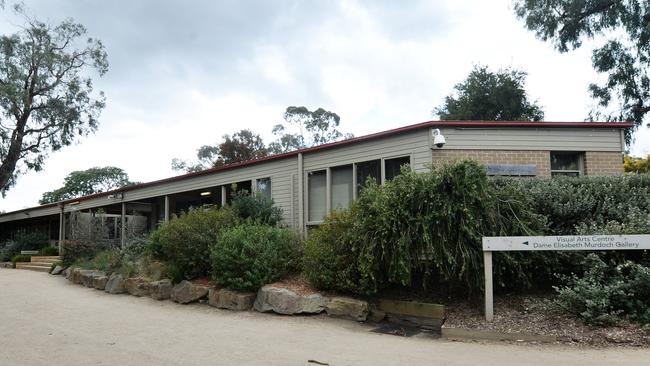
The school shifted to Frankston South in 1970, then established a senior school at Langwarrin South and was named after Woodleigh, the name of the original farm on which it was situated.
In 2015, Woodleigh School merged with Penbank School, an independent coeducational primary school in Moorooduc.
ACADEMY OF MARY IMMACULATE
Established: 1857
Location: Fitzroy
The Academy of Mary Immaculate, Victoria’s oldest Catholic school, opened in April 1857.
Roman Catholic Archbishop of Melbourne Dr James Goold invited Mother Ursula Frayne, a Mercy sister, to establish a convent and school in Melbourne.
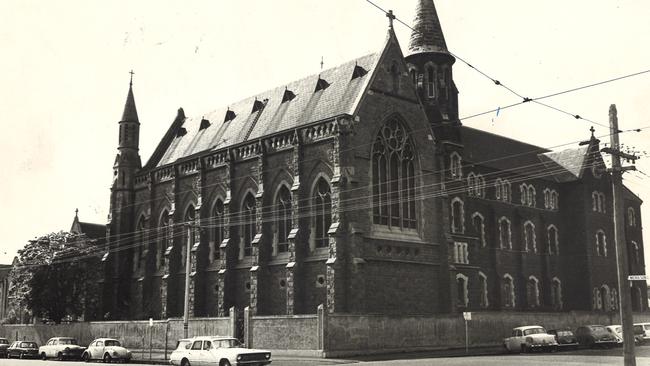
The all-girl school was established in Nicholson St, Fitzroy and its first pupil was Kate Flynn, whose father struck it lucky in the gold rush.
Boarding was introduced at the school in 1859, and infant and primary schools followed in 1863.
By the 1880s, women could be admitted to the University of Melbourne and in the 1890s, Academy students sat public service exams to become telephone switchboard operators.
Commercial courses to prepare young women for the workforce were introduced in the 1930s, with science subjects introduced by the 1940s as a growing number of graduates sought university placements.
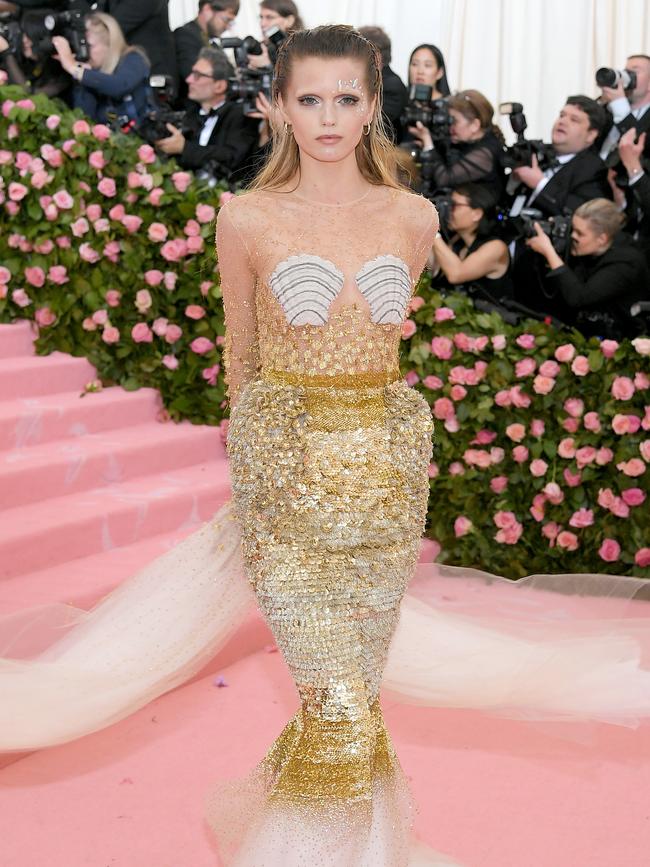
By 1975, the school offered only secondary education, but the school remains on its original site.
Alumni: Alice Ross-King, a nurse who won the Military Medal and the Florence Nightingale Medal for service in World War I and II, writer and Sydney Institute deputy director Anne Henderson, model Abbey Lee Kershaw, childbirth expert Andrée Marcelle Frame and actor Mary Maguire.
MELBOURNE GRAMMAR
Established: 1858
Location: South Yarra, Caulfield
The Church of England established an experimental grammar school at St Peter’s in East Melbourne in 1849, but this closed in 1854.
Undeterred, Bishop Charles Perry formed a committee of eminent men to establish a grammar school in the English tradition, and with the grant of 15 acres of what was then considered remote land in St Kilda Rd, South Yarra from Governor Sir Charles Hotham, Melbourne Grammar opened in 1858.
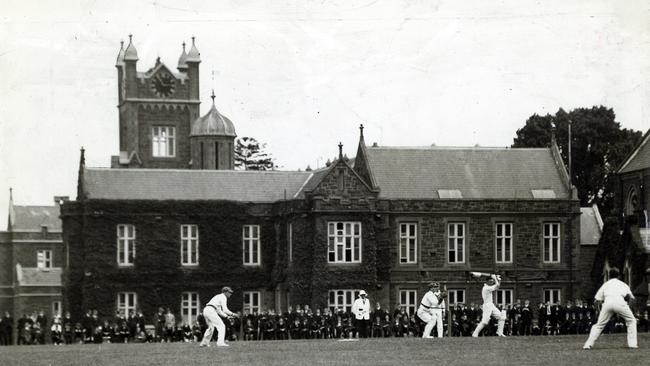
A library opened in 1875. The Wadhurst campus was opened in 1878, and the Grimwade junior campus in Caulfield followed in 1918.
The school struggled initially, and enrolments dwindled during the 1890s depression, but support from alumnus group The Old Melburnians Society and a major redevelopment of buildings from the 1890s helped stabilise enrolments.
By the 1950s, the South Yarra site lacked space and forced further redevelopment of all three campuses to cater for growing enrolments.
Grimwade became a co-ed junior school for children up to Year 6 in the 1980s, while Wadhurst began catering for Year 7-8 boys.
Three camps — near Licola, Woodend and the Gippsland Lakes — were added in the 1980s and ‘90s.
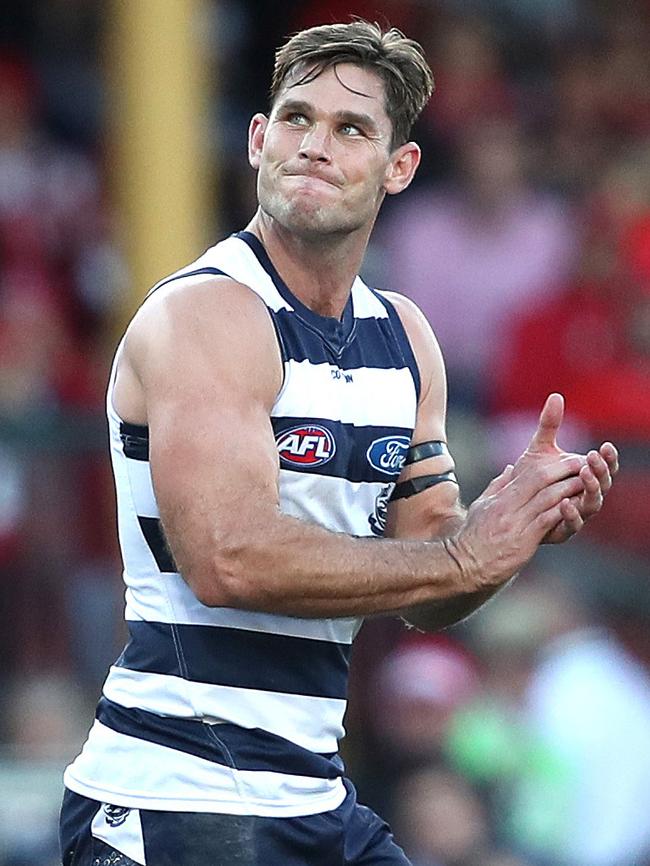
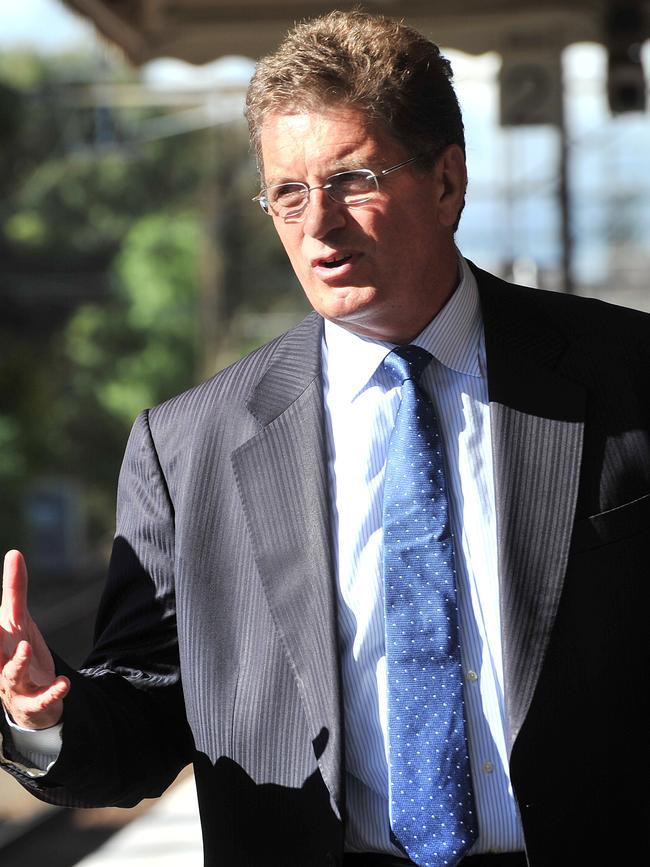
Alumni: Former governor-general Richard Casey, prime ministers Alfred Deakin, Stanley Melbourne Bruce and Malcolm Fraser, former premiers Ted Baillieu, John Brumby, Sir Rupert Hamer and Sir Wilfrid Kent Hughes (also an Olympic hurdler), historian Manning Clarke, chemist Sir Russell Grimwade, journalists Keith Dunstan and Michael Schildberger, artist John Brack, comedian Barry Humphries, actor Frank Thring and film and TV producer Rob Sitch. Sports stars include the Cordner footy family (David, Don and Harry), former Hawk captain Chris Langford, Geelong star Tom Hawkins, Australia’s first Olympian Edwin Flack and a brace of Olympic rowers including David Colvin, David Crawshay, Simon Fraser, Andrew Michelmore and Karsten Fosterling.
WESLEY COLLEGE
Established: 1866
Location: South Yarra, Elsternwick. Glen Waverley
In the 1850s, the Victorian Government granted the Wesleyan Church 10 acres of land on St Kilda Rd for a school, and Wesleyan parishioners donated towards Wesley College, which opened in 1866.
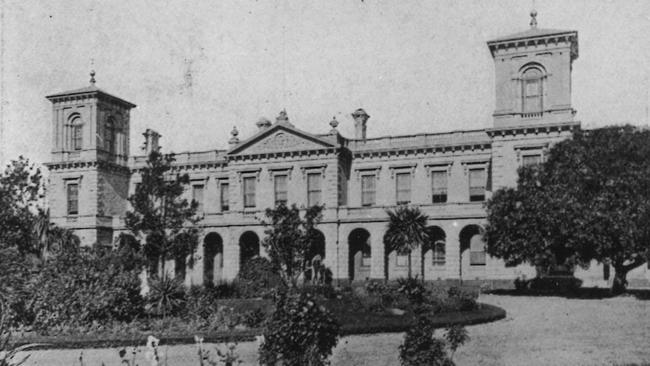
Like Melbourne Grammar, the school struggled in its early years and was affected by the 1890s depression, and early headmaster Thomas Palmer embezzled more than £1,000 (more than $144,000 today) before he was brought to justice in 1902.
His replacement, Lawrence Adamson, heralded a new, prosperous era and is regarded as one of the greatest influences on the school, which was extensively redeveloped through the 1930s — in part through thousands of pounds of his own money donated to the school over the years and a huge bequest from philanthropist aspirin manufacturers Alfred and George Nicholas.
The St Kilda Rd campus housed troops during World War II and students were relocated to Scotch College in 1942-3.
The school bought land near Syndal in the 1950s and considered closing St Kilda Rd altogether, but instead opened its Glen Waverley campus for the school’s centenary in 1966.
The school welcomed girls to the junior school for the first time in 1978 and to senior years in 1982.
In 1986, the school merged with Cato College and took over its Elsternwick campus in the late 1980s.
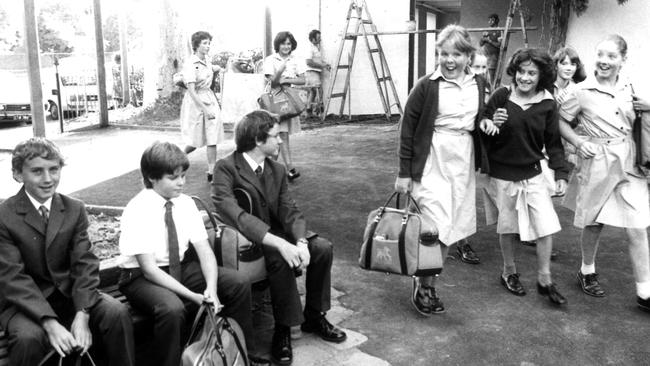
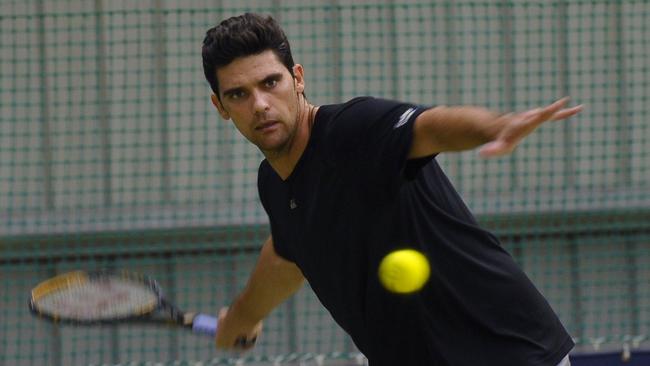
A major fire in 1989 damaged much of the St Kilda Rd campus and destroyed the library, taking with it much of the school’s historical material.
Alumni: Australia’s longest-serving prime minister, Sir Robert Menzies and his replacement, Harold Holt, athlete and tyre magnate Sir Frank Beaurepaire, former VFL/AFL supremo Ross Oakley, ACCC chairman Graham Samuel, comedian Richard Stubbs, actors Lachy Hulme and Samuel Johnson, members of the bands The Temper Trap and The Groop, chemist and CSIRO founder Sir David Rivett, triathlete Emma Carney, Major League baseball star Michael Nakamura, Invincibles cricketer Sam Loxton, Test captain Ian Johnson, Olympic cyclist Katie Mactier, former Australian netball captain Sharelle McMahon, swimmer Michael Klim and tennis player Mark Philippoussis.
WESTBOURNE GRAMMAR SCHOOL
Established: 1867
Location: Truganina, Williamstown (formerly Newport)
Local politician and later Victorian treasurer Sir George Verdon was a driving force behind the establishment of this non-denominational Christian school in 1867, known in its early days as Strathmore and, later, Williamstown Grammar School.
In its early years, the school suffered a temporary closure and lacked a permanent home.
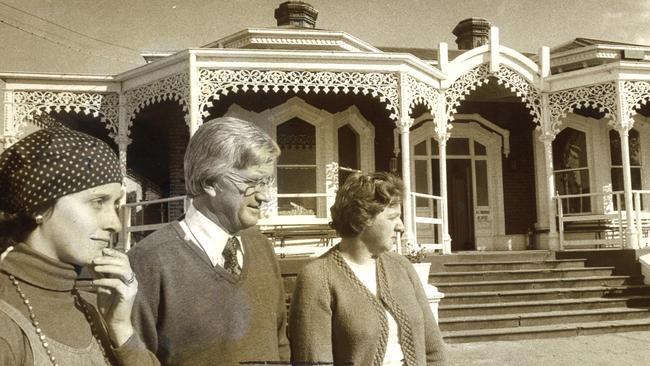
The school was housed in the Holy Trinity Hall in Williamstown between 1915 and 1955.
One of his key figures was headmistress Miss Mabel Molland, who led the school for 49 years that included two world wars and the Great Depression, and in 1955 oversaw the school’s transition from the hall to Monomeith, a stately old mansion on The Strand in Williamstown.
In 1977, in response to space limitations in Williamstown, the school purchased a vast parcel of land in Truganina in a broader strategic move to make private education more widely available in the western suburbs.
MORE EDUCATION: 17 NEW SCHOOL CAMPUSES ANNOUNCED
HAILEYBURY CALLS FOR TRANSITIONING STUDENT SUPPORT
MAJORITY SUPPORT RELIGION IN SCHOOLS
Westbourne’s Truganina campus opened in 1978, with a smaller campus in Williamstown open to children up to Year 3.
Alumni: Winter Olympic gold medallist Lydia Lassila, The Voice Kids 2014 runner-up and Australian Junior Eurovision contestant Bella Paige
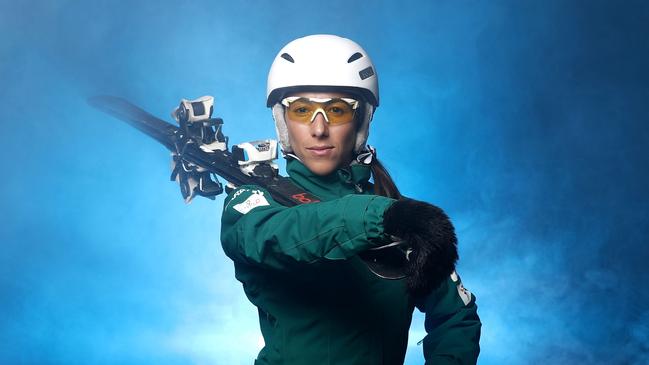
REGIONAL SCHOOLS
Some schools in country Victoria predate some of these early Melbourne schools.
They include:
Tarrlington Lutheran School, a co-ed prep to Year 12 school in Tarrington, near Hamilton in Victoria’s Western District;
Geelong Grammar, established by the Church of England in central Geelong in 1855;
The Geelong College, established by the Presbyterian Church (now affiliated with the Uniting Church) in Newtown, Geelong in 1861;
Ballarat Clarendon College, another church set up by the Presbyterians and now under he auspices of the Uniting Church, which opened in 1864; and
The Hamilton and Alexandra College, a Uniting Church school first established in Hamilton in 1871.

